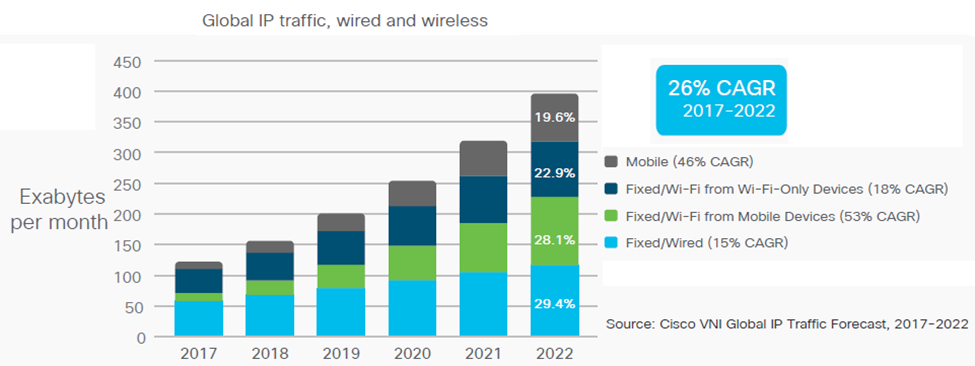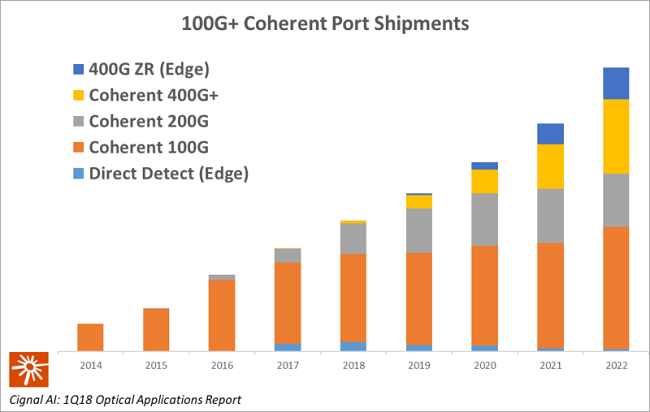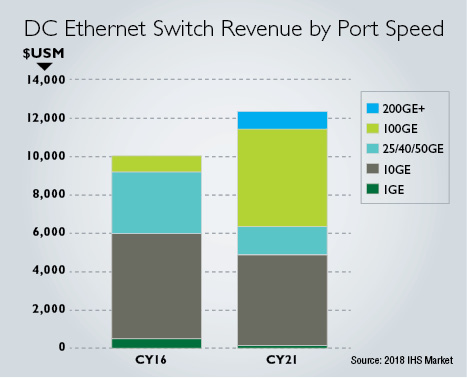5 Trends That Will Challenge Existing Network Monitoring Tools
Gene Litt, NetQuest Corporation CTO
The need to protect critical network infrastructure is one of the hottest discussion topics for corporate executives and government leaders. Network monitoring tools face constant challenges as they fight to secure sensitive information and prevent damaging cyberattacks. Unfortunately, the network landscape is constantly changing, forcing industry and government cybersecurity teams to adjust their strategies for enhancing threat detection and other aspects of cyber security. Here are five trends that network monitoring solutions must address in order to ensure network security in 2019.
1. Network traffic will continue to grow dramatically
Anyone hoping for a reprieve from the exponential growth in network traffic will be sadly disappointed. The expansion of ubiquitous mobile access, the rise in network-delivered content, and the growing number of IoT deployments are just some of the applications that are driving traffic growth.
In fact, Cisco’s 2018 Visual Networking Index (VNI) predicts network traffic will continue to grow at 26% CAGR between 2017 and 2022. As a result, there is a critical need for a new wave of network monitoring tools that can process the ever-increasing volume of traffic and efficiently identify cyber threats.
2. Wide Area Network (WAN) technology will significantly increase available bandwidth and lower bit-hauling costs
Rapid advancements in WAN technology are accommodating higher volumes of network traffic growth. The use of coherent optical transport technology in the Optical Transport Network (OTN) has multiplied the amount of bandwidth delivered by a single optical wavelength. Coherent 100G technology deployments have already achieved critical mass in long-haul and metro networks.
In 2019, the cost of coherent 200G technology and the availability of pluggable optics will drive 200G deployments. Furthermore, the latest generation of coherent technology promises to deliver a standardized, pluggable 400G solution, which should begin to mature later in 2019 and significantly reduce the cost of hauling bits around cities and around the globe.
3. Advances in data center switching technology will accommodate traffic increases – inside and between data centers
Rapidly improving data center networking technology can address higher bandwidth demands. Lower-cost optics technology and higher-density merchant switch chips are now driving the migration of switch ports from 10G to 100G, with 200G/400G switching deployments forecasted to arrive in late 2019.
Network visibility applications designed for monitoring data center traffic flows must now support 100G interfaces and scale to meet near-term migration strategies to 200G/400G.
4. White box switches will experience significant growth in the monitoring switch segment
Low-cost white box switches have achieved only modest traction with enterprise customers and smaller cloud service providers (CSP), but they have been widely deployed by top CSPs and hyperscalers such as Microsoft and Facebook. These deployments are being driven by 100G migrations, which doubled in 2018 and could double again in 2019.
Branded vendors are hanging tough in the enterprise market for traditional 100G switching applications, but the need to migrate switches to 100G for monitoring applications will drive broad white box switch adoption in 2019 and disrupt the network packet broker market. While deploying these products in monitoring stacks will provide compelling cost benefits, it will create high-speed visibility challenges. That’s because these switches lack the advanced packet optimization features required by many security and network monitoring tools.

5. Security/Network monitoring solutions will be challenged to keep up with traffic growth causing continued increases in undetected security breaches and service issues
There will be no relief coming for security and network monitoring equipment that is already straining to keep up with growing traffic rates. In fact, monitoring challenges will get worse in 2019 and portions of the network will become “invisible”.
We’ve now entered a window in which networking technology advancements and traffic growth are exceeding the computing platform’s ability to monitor high-speed traffic and secure networks. As this problem takes hold throughout the year, expect new and innovative approaches capable of keeping up with N x 100G packet flows that can filter the “noise” from the “signal” in order to restore visibility, security and service reliability.



